Dozens Injured by Israeli Gunfire at Gaza Aid Distribution Site, UN Says
UN says 47 wounded as crowds overwhelmed controversial US-backed aid centre in Rafah.At least 47 Palestinians were injured, mostly by gunfire, when crowds surged into an aid distribution site in southern Gaza on Tuesday, according to the UN Human Rights Office. The centre, operated by the US- and Israeli-backed Gaza Humanitarian Foundation (GHF), has faced widespread criticism for bypassing established humanitarian systems.
A senior UN official, Ajith Sunghay, said most injuries were caused by Israeli gunfire, citing preliminary reports. "It is through gunshots," he told reporters in Geneva, adding the organization was still verifying the severity of injuries. “What we know is that it was shooting from the IDF [Israel Defense Forces].”
Gaza’s Hamas-run health ministry reported one fatality, identifying the victim as Salem Abu Moussa. He was shot and later died at a hospital in Khan Younis. Another 48 people were reported injured.
The Israeli military said it was reviewing the incident. IDF spokesman Colonel Olivier Rafowicz told AFP that Israeli troops had fired “warning shots into the air” outside the GHF centre but denied shooting directly at people.
The GHF, which uses private US security contractors and operates independently of the UN, said it followed its safety protocols by withdrawing staff during the chaos to reduce the risk of casualties. The organization insists no shots were fired at the crowd from its location.
Videos posted online show large crowds, including women and children, overrunning fences and entering the site in Rafah, a city under full Israeli military control. Gunfire is audible in several clips as people run through the area in search of aid.
“This incident is a stark example of the dangers of distributing aid in the way GHF is doing it,” said Sunghay. “People are being exposed to death and injury just trying to get food.”
The UN and other major aid organizations have refused to cooperate with GHF, calling its operations unethical and unsafe. They argue the system lacks neutrality and puts civilians at greater risk. UN agencies also say they have large quantities of aid ready to distribute using secure and impartial methods.
Critics say GHF’s bypassing of established aid networks undermines humanitarian efforts and increases danger for civilians. Many people in Gaza, especially the sick, elderly, and families with small children, are unable or too afraid to make the risky journey south to access aid.
When asked if some aid was better than none, Sunghay emphasized: “There is a right to food—but also a right to receive it in a safe and dignified way.”
The US and Israeli governments have defended the GHF system, claiming it helps prevent Hamas from looting aid—an accusation Hamas denies. Israeli Prime Minister Benjamin Netanyahu acknowledged there had been a “momentary loss of control” at the Rafah site but said order was restored. He added that Israel plans to open more controlled distribution centres to keep aid from being seized by Hamas.
Netanyahu said the goal was to create a “sterile zone” in southern Gaza where aid could be delivered securely and civilians could seek protection.
A former Trump administration official defended the initiative, saying it ensured aid reached those in need while preventing Hamas from exploiting it.
Israel imposed a full blockade on Gaza on March 2, halting all humanitarian and commercial supplies. Military operations resumed two weeks later, ending a ceasefire. Israel said the blockade was intended to pressure Hamas into releasing hostages taken during its October 7 attack, which killed around 1,200 people and saw 251 others abducted.
Since the conflict resumed, at least 3,924 people have been killed, bringing Gaza’s overall death toll to more than 54,000, according to the territory’s health ministry.
The UN continues to call for safe, coordinated aid delivery and urges all parties to adhere to international humanitarian law. “People in Gaza are facing catastrophic hunger,” Sunghay warned. “Aid must reach them safely—without turning food distribution into a deadly event.”


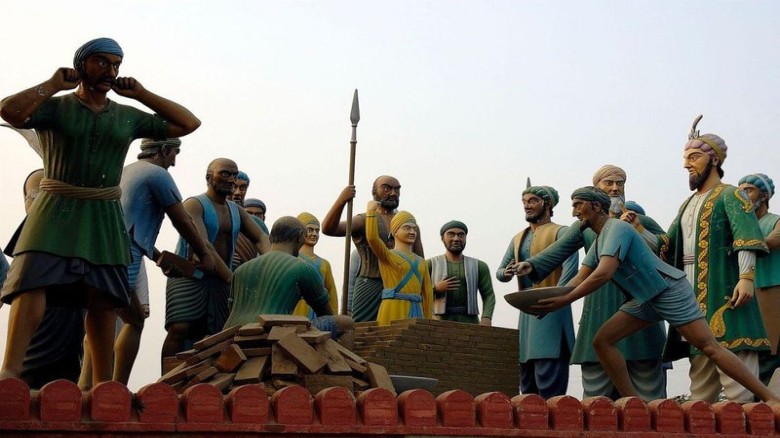
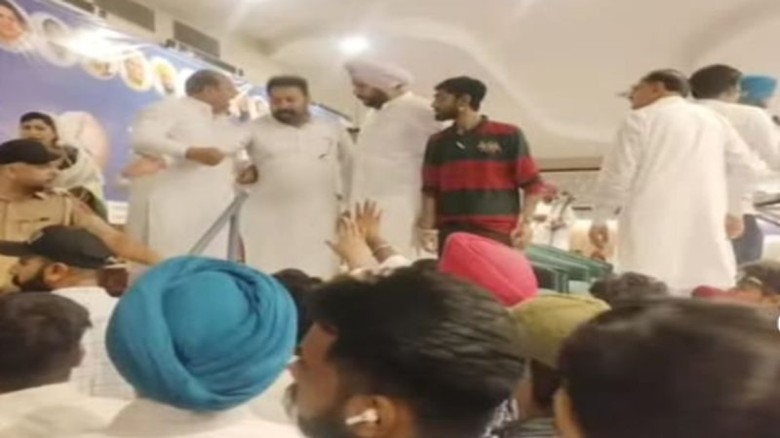


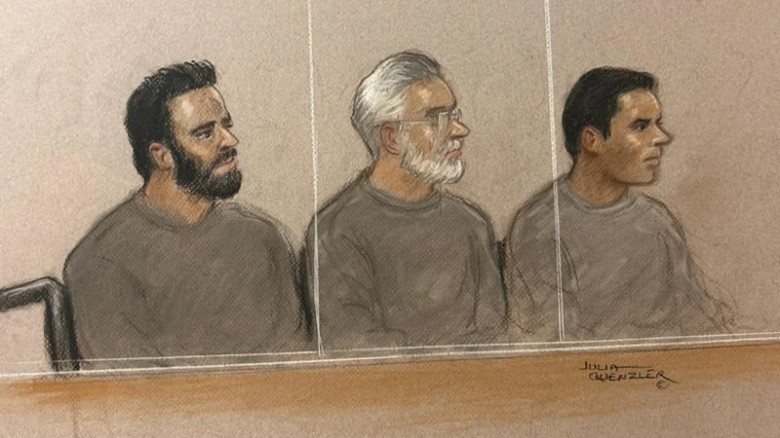
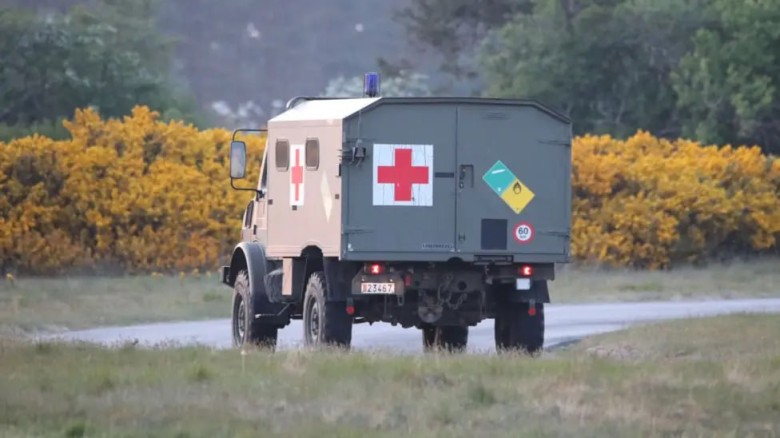

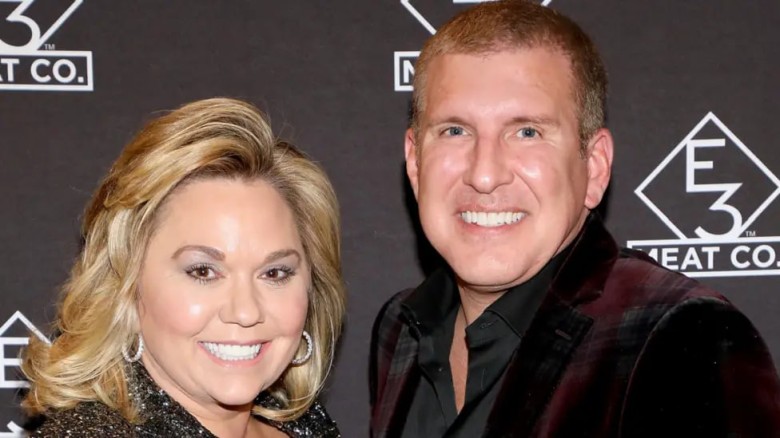
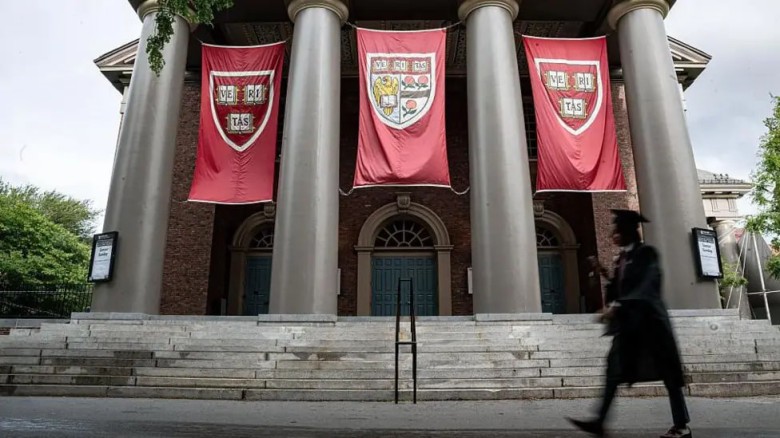
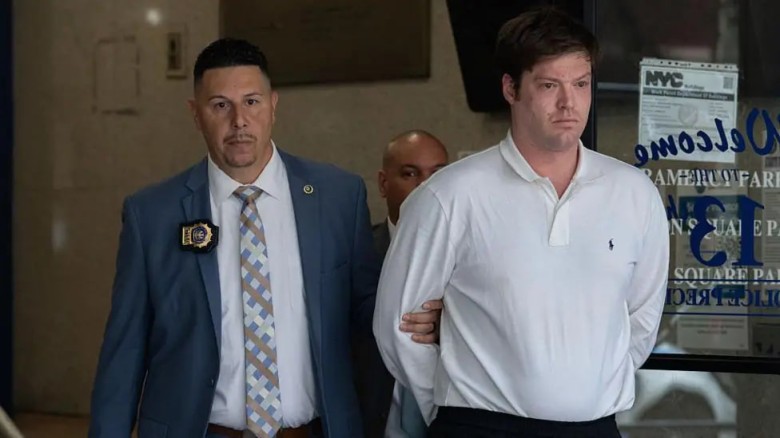

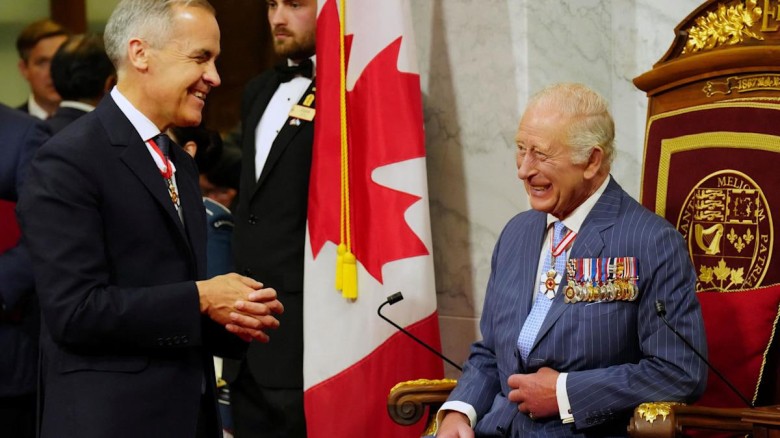


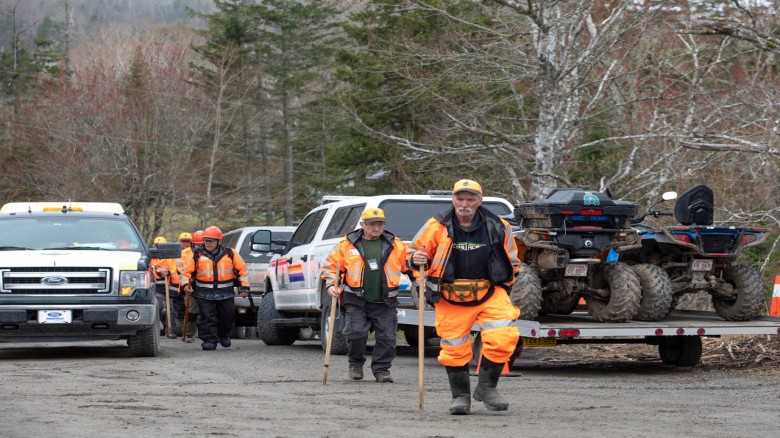
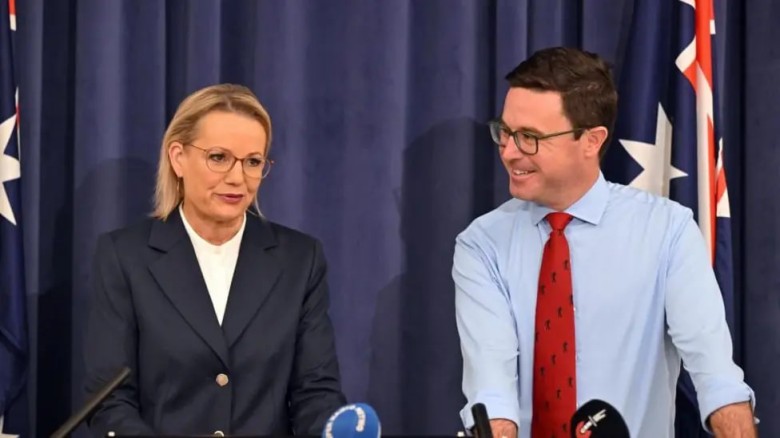


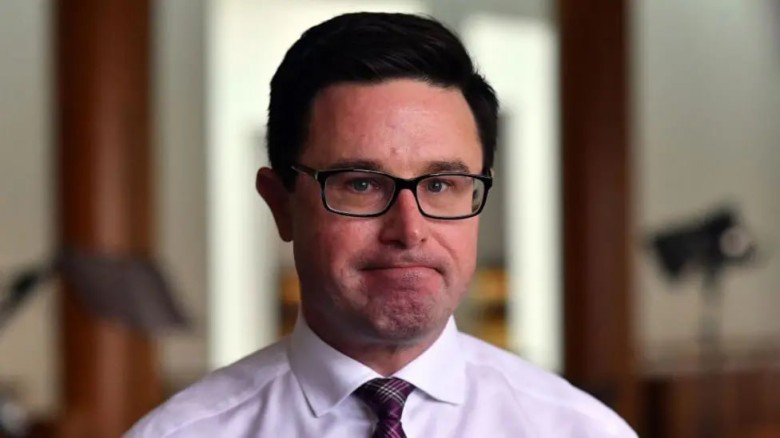
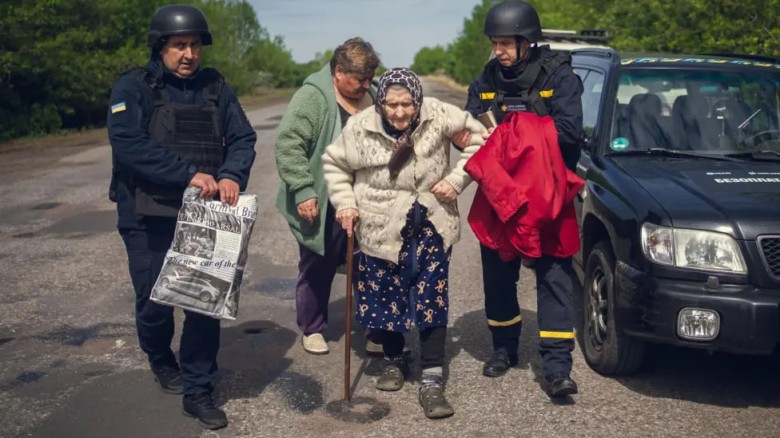

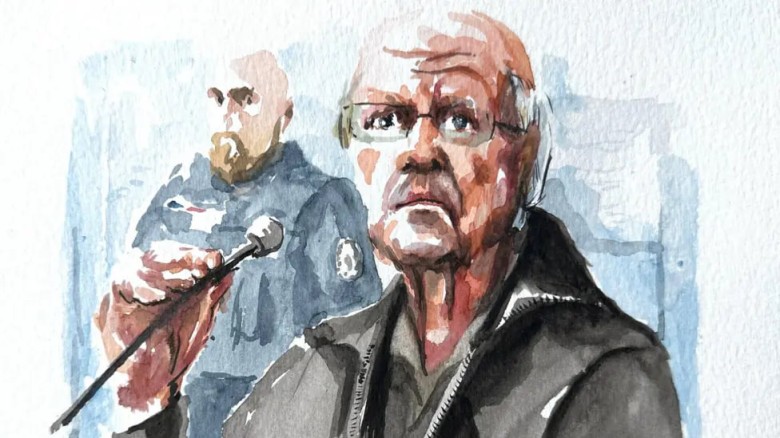




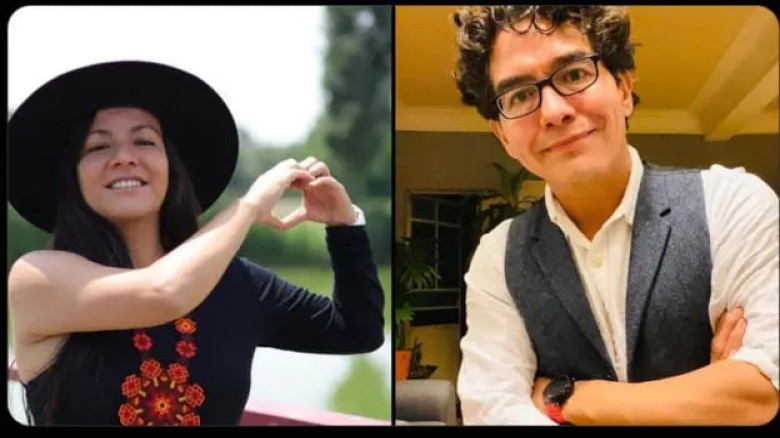



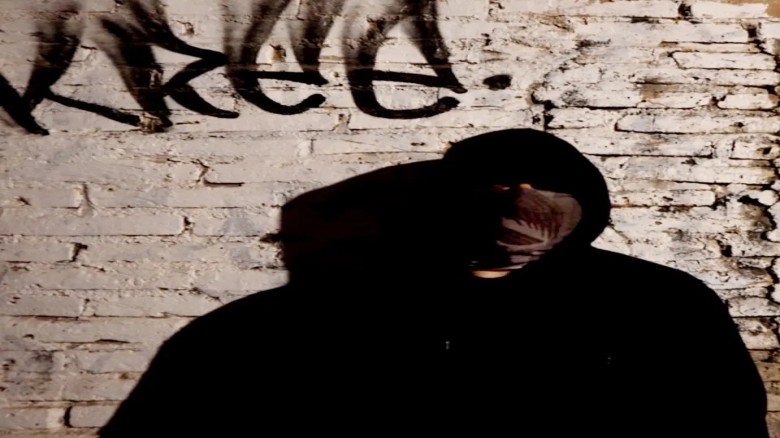
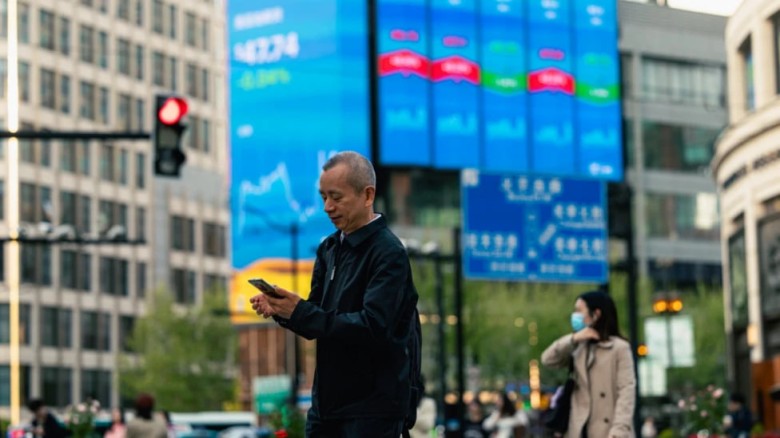
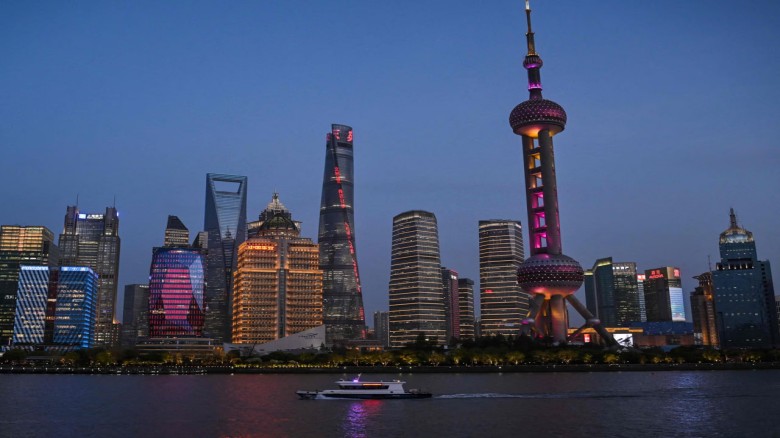
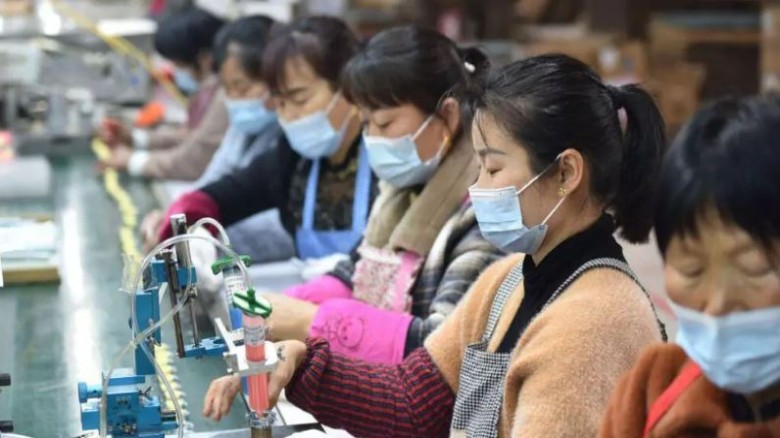

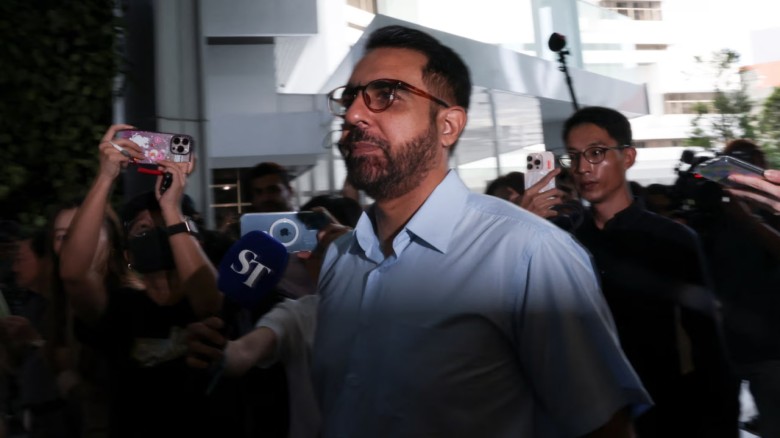
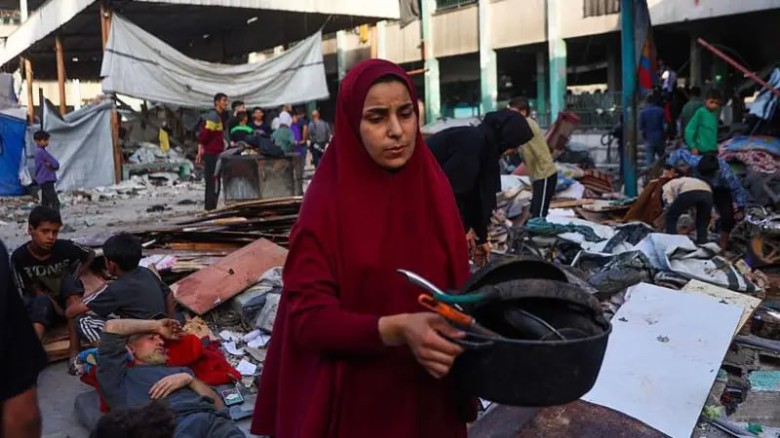
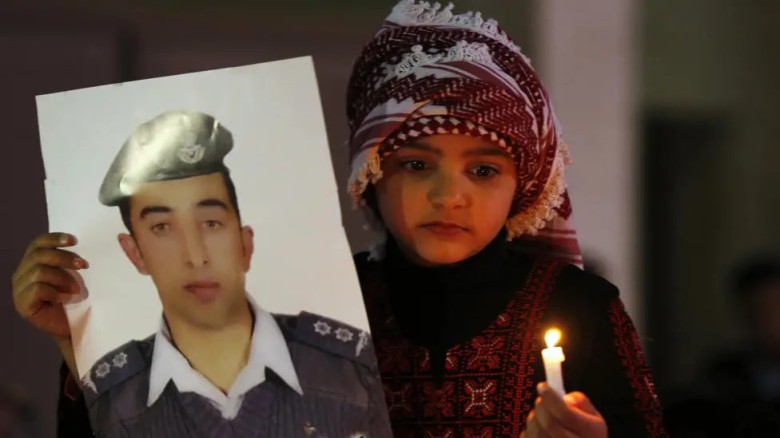

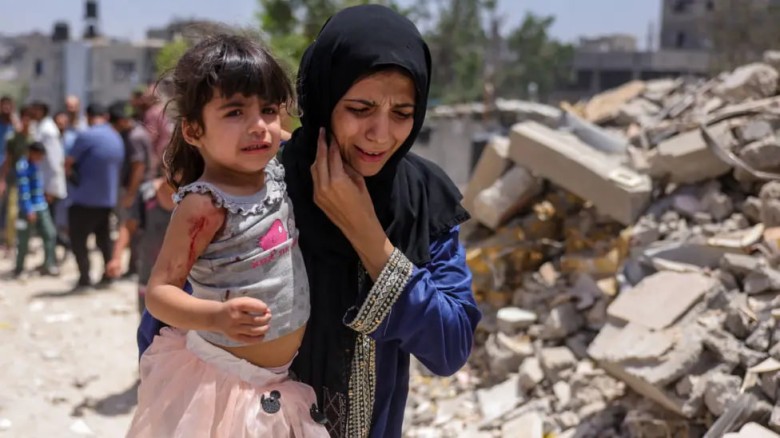
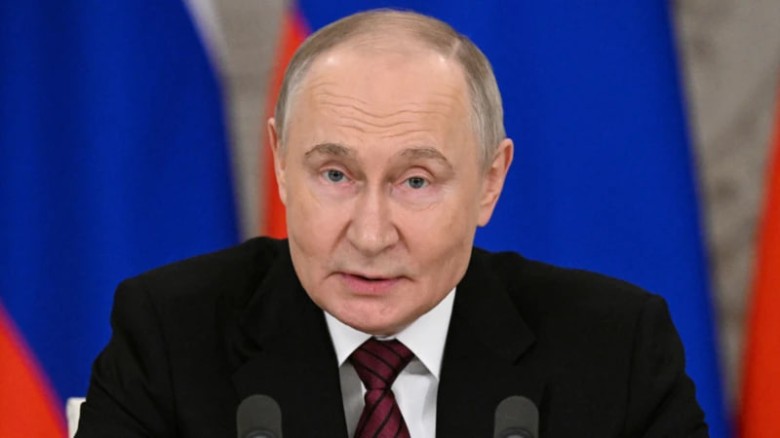
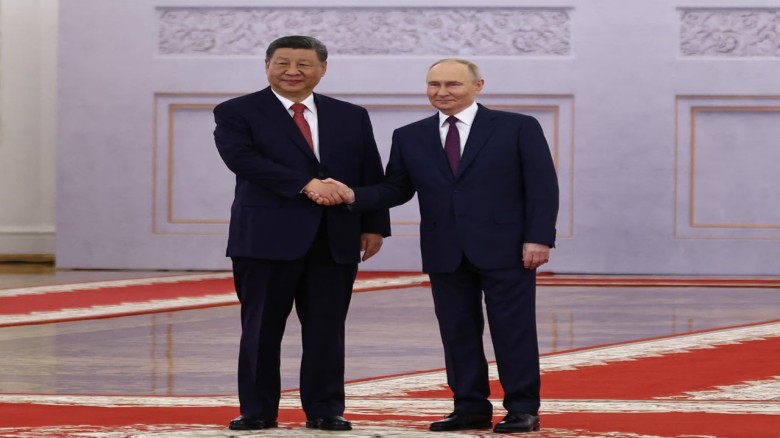
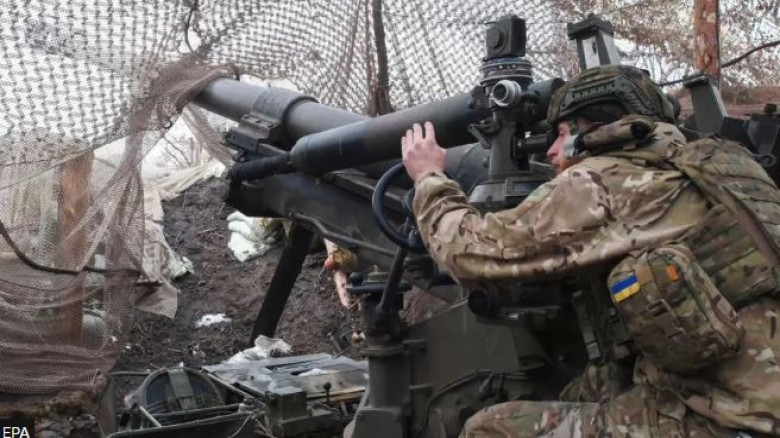
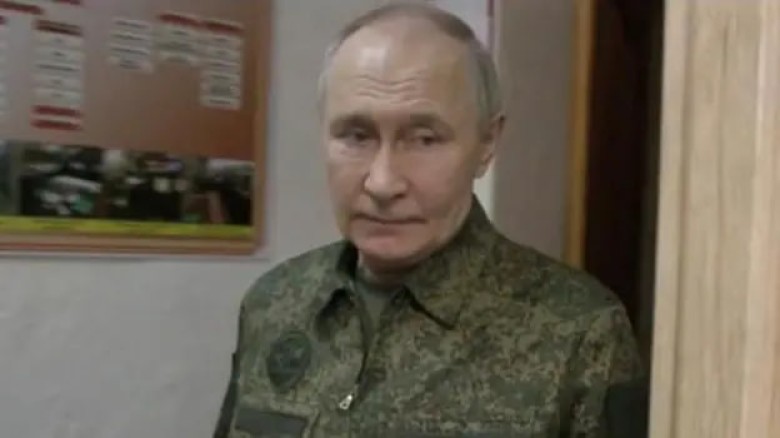

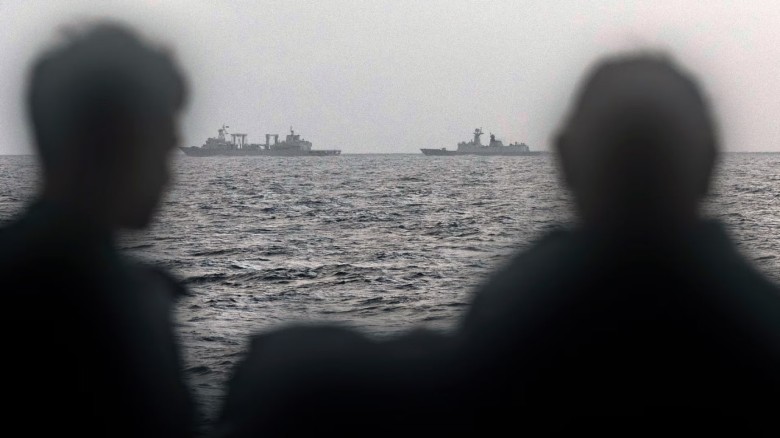
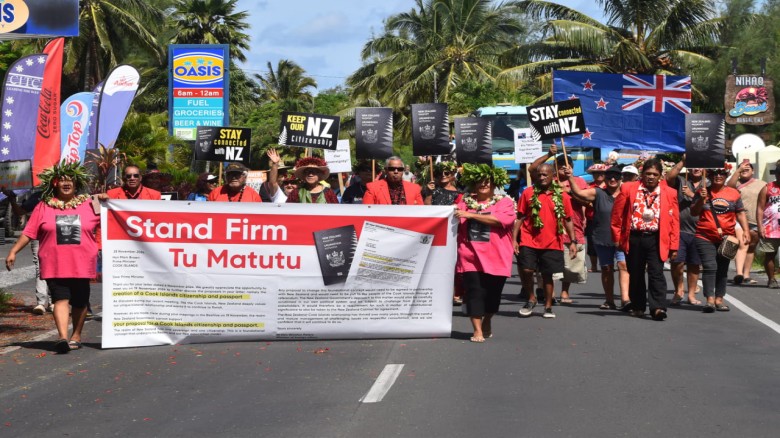
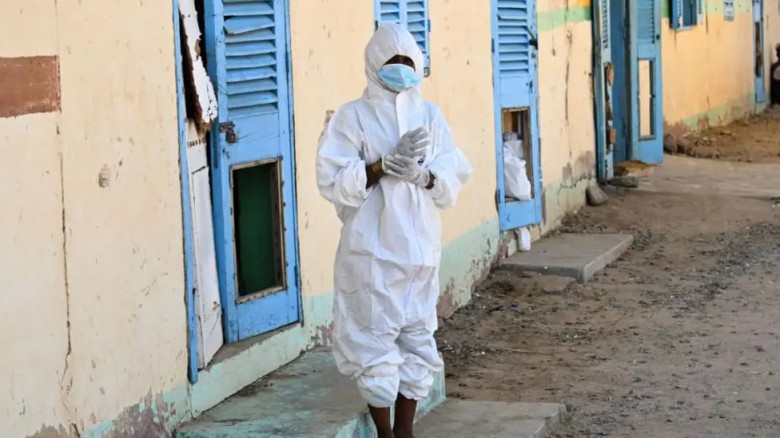

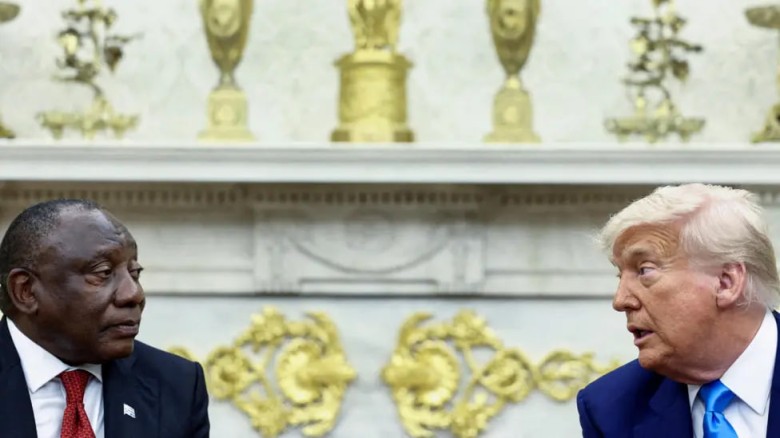
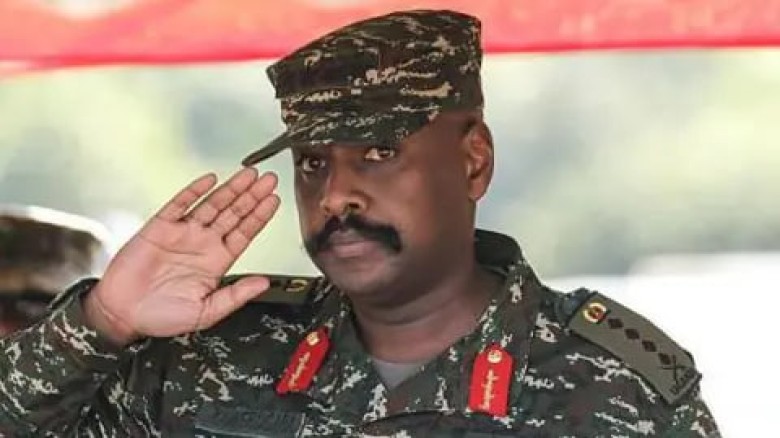
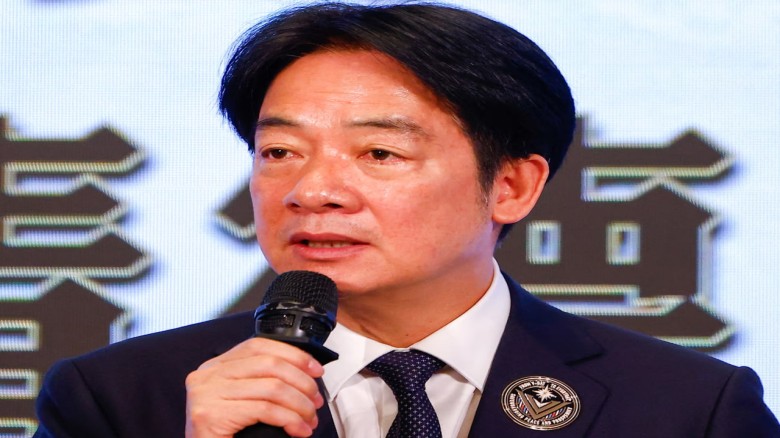
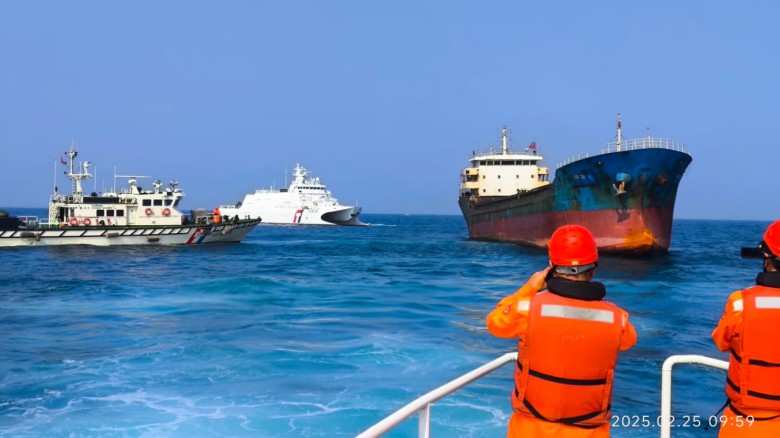
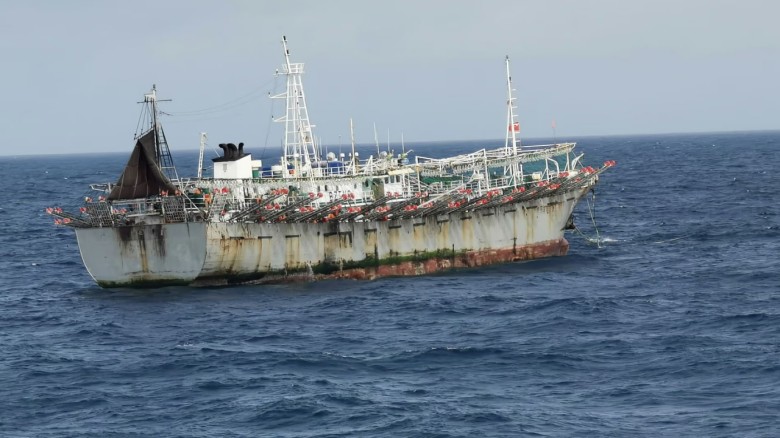
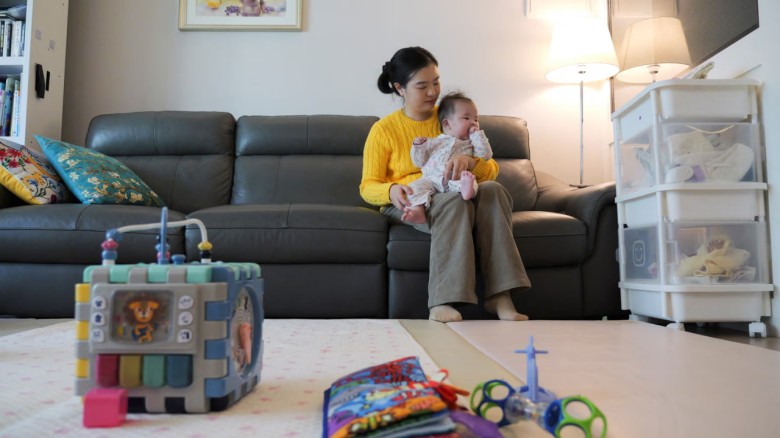
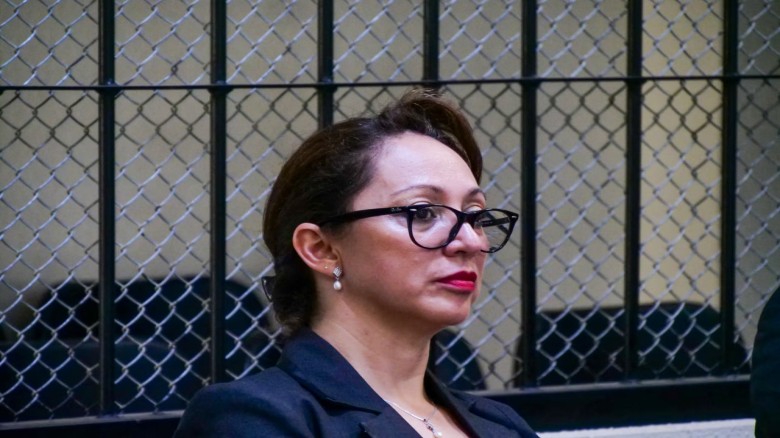


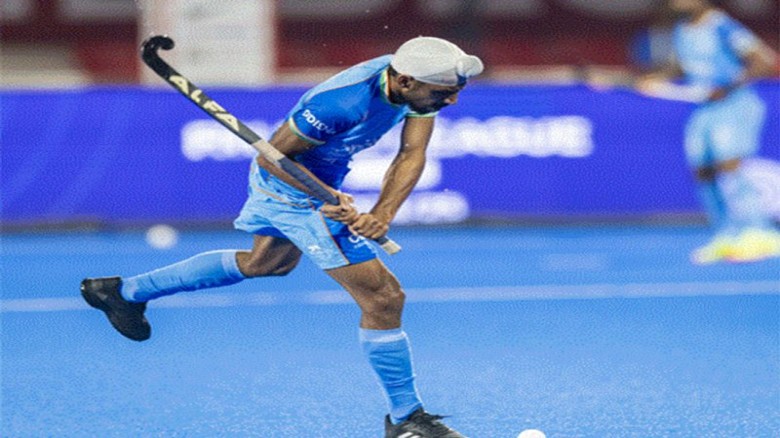
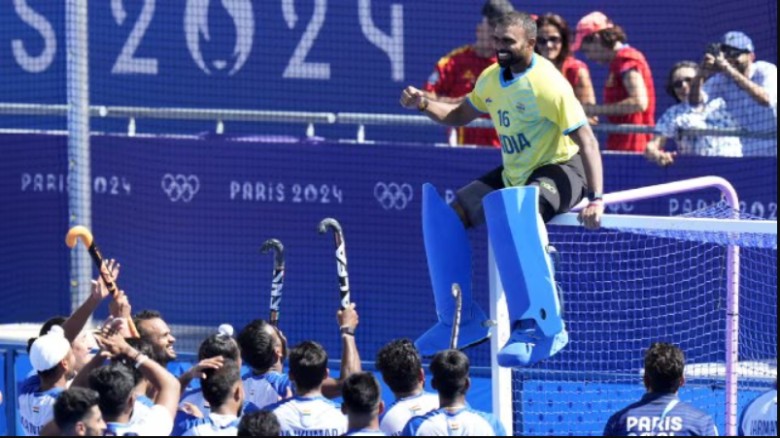


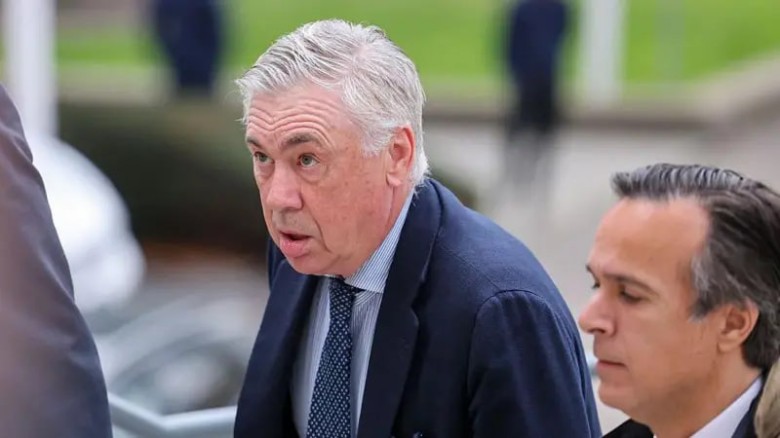



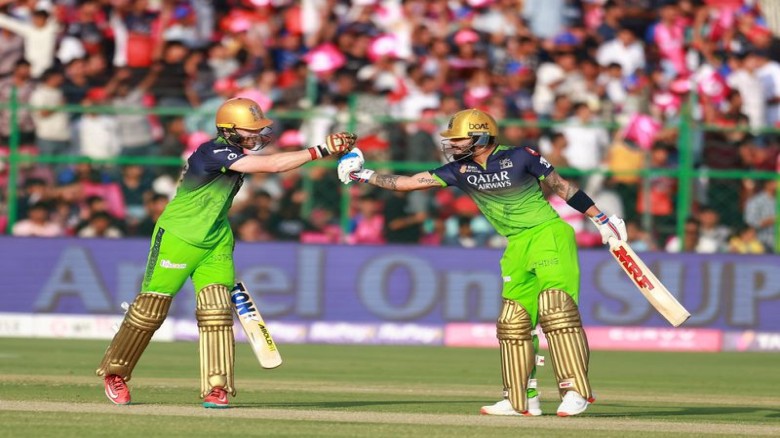
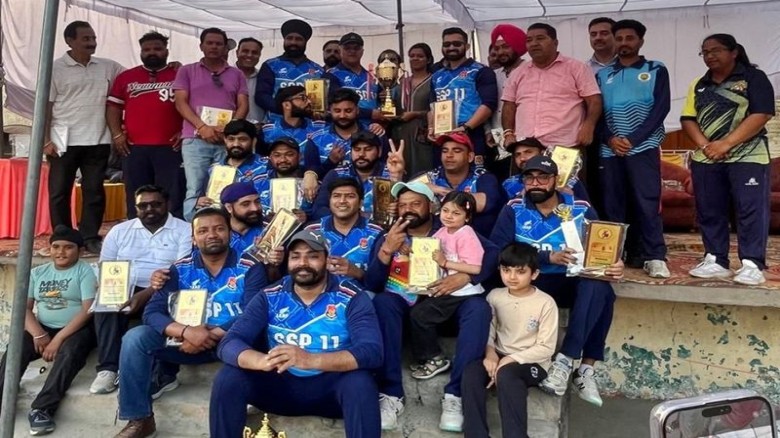


Leave A Comment